Nintendo vs. Sega: The Epic Battle of Gaming Giants Unveiled

In the pixelated corner of history's grand digital arena, two titans clashed in a saga as old as 8-bit graphics themselves. It was a face-off that would define a generation and leave cartridges and consoles strewn across the battlefield of consumer loyalty.
Nintendo, the mustachioed maestro of Mushroom Kingdoms, pitted against Sega, the swift-footed sovereign of speed. This is no mere child's play; it's the epic tale of Nintendo versus Sega, where gameovers were forbidden, and the quest for supremacy was anything but a fantasy. Let us rewind the tape, blow off the dust, and press start on the story of these gaming juggernauts.
The Origins of Nintendo and Sega: From Playing Cards to Gaming Giants
Nintendo started out in 1889 as a small playing card company in Kyoto, Japan. For nearly a century, they focused on making traditional Japanese playing cards called "hanafuda." It wasn't until the 1970s that Nintendo moved into the electronic gaming industry, releasing early arcade games like EVR Race and Wild Gunman.
Sega got its start in 1940 as Standard Games in Honolulu, Hawaii. They were a coin-operated amusement machine company that provided slot machines and jukeboxes to military bases. In the 1960s, they relocated to Tokyo, Japan, and changed their name to Service Games of Japan. They eventually transitioned to making electromechanical arcade games in the late 1960s.
Both Nintendo and Sega recognized the potential of video games early on. As computing technology advanced in the 1970s and 80s, they evolved from amusement machine companies into full-fledged video game developers. This set the stage for their iconic rivalry as major players in the home console market.
The Rise of the Console War: Nintendo vs. Sega
Nintendo moved into the home console market in 1983 with the launch of the Family Computer (Famicom) in Japan. Two years later, they released the Nintendo Entertainment System (NES) worldwide, which was an instant hit. The NES revolutionized the industry and made Nintendo a household name.
Not to be outdone, Sega released its Master System home console to compete with the NES in 1985. While the Master System had more powerful hardware, it strengthened the mainstream success of the NES. However, this marked the beginning of the fierce "console war" between Nintendo and Sega.
The battle lines were drawn. As Niitselfinated the market in the late 80s with the NES, Sega positioned itself as the feisty underdog with edgier marketing. Both companies pushed to innovate and release superior technology during the 16-bit era of the early 90s, marking the peak years of the Nintendo-Sega rivalry.
Historical Context
The Global Market Dynamics of the 1990s: Nintendo's Dominance and Sega's Challenge
By 1990, Nintendo controlled 80% of the over $3 billion global video game market. The Nintendo Entertainment System was the best-selling console worldwide thanks to the popularity of iconic games like Super Mario and The Legend of Zelda.
Sega struggled to compete against the Nintendo giant, holding less than 15% of the console market share. While the Sega Master System found success in Europe and Brazil, it simply couldn't match up to the NES in Japan and North America - the two largest video game markets.
However, the early 1990s brought a transition to 16-bit gaming. Sega sought their opportunity to topple Nintendo by beating them to market with their next-gen Genesis console. The stakes were high, setting up a battle of corporate giants vying for video game supremacy.
The North American Console War: How Nintendo Overcame Sega in the 16-bit Era
The battle for the $4 billion North American video game market was intense. Sega got a head start by launching their 16-bit Sega Genesis in 1989, two years before Nintendo's Super Nintendo Entertainment System (SNES).
By 1992, Genesis had 55% of the American 16-bit console market compared to Nintendo's 45%. Sega's edgy marketing and portfolio of popular sports games gave them an edge. However, Nintendo recovered with iconic SNES exclusives like Super Mario World and Donkey Kong Country.
Over the next few years, market share kept shifting between Sega and Nintendo. Ultimately, Nintendo won the 16-bit era war by selling over 49 million SNES units compared to Sega's 29 million Genesis consoles sold. Better games and brand loyalty carried Nintendo to triumph in North America.
The Impact of Corporate Debt on Sega's Position in the Market
In the early 90s, Sega poured money into research, marketing, and acquisitions in an aggressive push to overtake Nintendo. However, the huge investments required ultimately put Sega in an economically vulnerable position.
By 1993, Sega's debt had ballooned to over $800 million compared to Nintendo's coitsable $400 million surplus. As a result, Sega couldn't afford to sell its Saturn console at a competitive price point and support it with expensive first-party game development.
Nintendo's stronger financial footing gave them an advantage in weathering losses from the Nintendo 64 to rebound with the record-breaking Wii console. Convitsy, Sega's debt drained resources needed to innovate, contributing to their 2001 exit from the console hardware market.
Key Characters and Mascots
The Mario Phenomenon: How Nintendo's Mascot Became a Global Icon
Mario first appeared in the early 80s arcade classic Donkey Kong as "Jumpman." But it was the hugely successful Super Mario Bros game on the NES that propelled the mustachioed plumber into a pop culture icon.
As Nintendo's mascot, Mario played a key role in the console war against Sega. His kid-friendly personality and iconic image as a heroic everyman gave Nintendo a broad market appeal. Mario starred in genre-defining platformers on NES, SNES, and Nintendo 64 - driving console and game sales.
Today, Mario remains the best-selling video game franchise ever thanks to enduring popularity across generations. His image even appears on officially licensed merchandise ranging from toys to apparel - making him both a household name and a valuable commercial asset.
Sonic the Hedgehog: Sega's Answer to Nintendo's Mario
To challenge Nintendo's mascot dominance, Sega debuted Sonic the Hedgehog in 1991. The spiky blue speedster was marketed as a cool lightning alternative to Mario with his signature rebellious attitude and lightning-fast gameplay.
As Sega's mascot, Sonic played a pivotal role in putting their Genesis console on the map. The Sonic series became iconic in its own right for fast-paced 2D side-scrolling, selling over 80 million games. For a time, Sonic gave Mario a run for his money as the early 90s icon of choice for many gamers.
While Sonic never achieved Mario's long-term popularity, he remains an instantly recognizable pop culture symbol of Sega's glory days. Sonic represented their competitive spirit as the scrappy underdog trying to Console Warsgiant.
The Cultural Significance of Video Game Characters
The Console Wars exemplified how iconic mascots like Mario and Sonic transcended their digital origins to become cultural symbols. As the public faces of Nintendo and Sega, they represented competing ideologies.
Mario embodied Nintendo's family-friendly, inclusive gaming vision. Conversely, Sega's "Welcome to the Next Level" slogan and Sonic's edgy attitude aligned with their mission to capture older gamers. Their mascots
personified the brand identities they fought fiercely to establish.
Beyond sales impact, Mario and Sonic's lasting fame underscores the deeper influence video games hold in society. Their stories and images enjoy recognition on par with characters from movies, cartoons, and comics as figures that define pop culture for a generation.
The console war rivalry between Mario and Sonic may have fueled their rise to stardom. But their continued relevance decades later demonstrates how profoundly beloved game characters shape collective imagination and nostalgia.
Innovation and Technology
Nintendo's NES vs. Sega's Master System: The Battle of Home Consoles
When the Nintendo Entertainment System was released in North America in 1985, it sparked a renaissance era for the home console market. Using superior 8-bit processing compared to predecessors, the NES introduced now-standard features like removable cartridges and gamepads.
Sega attempted to challenge Nintendo's juggernaut console with the Sega Master System in 1986. It was more graphically powerful than the NES in some regards, with an 8-bit CPU and better color palette support.
However, the NES triumphed over the Master System thanks to Nintendo's stronger first-party software library, superior marketing, and character recognition from their arcade hit Super Mario Bros. By 1990, the NES user base was over three times bigger than its Sega rival.
Super Nintendo (SNES) vs. Sega Genesis: The Technological Arms Race
The battle lines were redrawn for the 16-bit era with Nintendo's Super Nintendo in 1990 and Sega's Genesis in 1989. Both consoles wielded more power - the SNES with its 16-bit CPU and Sega Genesis rocking a 16-bit graphics processor.
On the surface, they seemed comparable technologically. But the SNES had advantages with faster CPUs, better colors and resolution Sega competed on price, and by pushing their "Genesis does what Nintendon't" marketing campaign to grab mature gamers.
In the end, the SNES proved more timeless, with all-time classics like Super Metroid pioneering immersive 2D open worlds. Still, both consoles exemplified the furious technological innovations of the 16-bit console war.
Unique Selling Points: How Nintendo and Sega Differentiated Their Products
Beyond just advancing raw computing power, Nintendo and Sega incorporated custom processors in their consoles to stand out.
For example, the SNES included the Super FX chip to enable 3D graphics in games like Genesis's Fox. Sega released accessories like the Sega CD and 32X to expand Genesis's capabilities. Nintendo also leaned into unique controllers, like the three-handled SNES controller.
Both companies keenly focused on exclusive first-party games and partnerships to prevent multiplatform releases. Alongside technology, exclusive titles like Sonic the Hedgehog and Super Mario World fueled consumer loyalty - driving the intense fan rivalries of the era.
Marketing Campaigns and Branding
"Genesis Does What Nintendon't": Sega's Aggressive Marketing Strategy
Facing off against the dominant Nintendo empire, Sega took an edgy and aggressive approach to marketing their 16-bit Genesis console.
Their strategy was exemplified by the bold "Genesis does what Nintendo doesn't" campaign. By positioning themselves as the cool, hip alternative to the family-friendly Nintendo, they targeted older gamers who wanted more attitude and edge.
Some of Sega's ads took direct potshots at Nintendo's policies around blood and violence in games. Their in-your-face competitive marketing further fueled the tribal console war mentality among fans.
Nintendo's Family-Friendly Approach and Beloved Characters
Nintendo ruled the market by selling gaming as a wholesome, fun activity for all ages rather than a gritty masculine pursuit. This was conveyed through bright, playful packaging and all-ages games starring iconic mascots like Mario and Link.
They cultivated a family-friendly image that made parents more comfortable buying Nintendo consoles for their kids. While Sega attracted some mature gamers, Nintendo maintained a commanding share through mass market appeal.
Even their advertising reflected this softer approach - like memorable 1980s ads portraying real-life Mario and Luigi characters jumping around cityscapes. Nintendo's formula of colorful worlds and cheerful characters gave them an unparalleled aura of nostalgia and fun.
The Influence of Marketing on Consumer Perception and Loyalty
Nintendo and Sega's divergent marketing approaches fueled tribalism between fans that amplified sales. Gamers internalized the cool Sega vs. wholesome Nintendo messaging to inform their own identities.
This sort of brand loyalty passed down through generations of players who associated Nintendo with childhood wonder and Sega with their angsty teen years. Savvy marketing cultivated these emotional connections between companies and consumers.
The console wars exemplified how marketing alone can drive consumer preferences at least as much as tangible console specs. Bold branding and personality invited fans to join "teams" Nintendo or Sega in a way that transcended hardware capabilities.
Legacy and Continued Impact
The Lasting Influence of Nintendo and Sega on the Gaming Industry
Nintendo and Sega's fierce competition throughout the '80s and '90s console wars fueled the rapid growth of the entire gaming industry. They forced each other to aggressively innovate while introducing iconic characters and technoworld-buildingts pioneered during their rivalry like power-ups, expansive world-building, and immersive gameplay inform game design to this day. Their consoles and characters also enjoy enduring multi-generational popularity through nostalgia and re-releases.
While both companies exited the hardware arms race, their legacy looms large. The modern gaming landscape owes much to the console war era that made video games a dominant home entertainment medium.
Lessons Learned from the Console Wars: Adaptability, Innovation, and Resilience
The epic Nintendo-Sega console war illustrates key business lessons around adaptability, innovation, and resilience.
Sega proved unable to financially weather market losses the way Nintendo did to rebound later. Their story highlights the need for sound financial planning when investing in growth.
Both companies thrive ed by responding to competitive threats. Nintendo survived Sega's lead in the 16-bit era by leaning into their strengths rather than trying to copy Sega's edginess.
Ultimately the console war shows that companies must play to unique strengths and identities. Battling Goliaths like Nintendo requires scrappy underdogs like 1990s Sega to take risks and disrupt the status quo.
Personal Growth and Professional Success: Applying the Console Wars Story to Everyday Life
On a personal level, the console war story offers inspiration for overcoming challenges despite the odds. When facing "Nintendos" in work and life, adopting Sega's underdog spirit breeds creative solutions.
Their narrative proves giants can stumble when smaller players innovate. Just as Sega forced Nintendo to improve, we should view Console Wars as an opportunity to tap our hidden potential.
The console wars also illustrates the power of brand storytelling. Nintendo ruled via characters that formed emotional connections with fans. We too can identify and strengthen our personal and professional brands.
Ultimately, the console war's history echoes in many facets of life. Let it inspire fearlessly chasing dreams, toppling giants through passion, and telling stories that resonate for generations.
Conclusion
In conclusion, the console wars between Nintendo and Sega during the 80s and 90s not only shaped the landscape of the gaming industry but also left an indelible mark on popular culture. Through innovation, strategic marketing, and the creation of iconic characters, both companies pushed each other to new heights and captured the hearts of gamers worldwide.
Nintendo's adaptability and financial resilience allowed it to maintain a strong market presence and continue as a key player in the gaming industry long after the console wars had subsided. The company's focus on family-friendly content and beloved characters has sustained its popularity across multiple generations.
Sega, despite eventually stepping back from the console hardware market, made significant contributions through its bold marketing and the introduction of Sonic the Hedgehog, which remains a symbol of the company's competitive spirit. Sega's influence is still felt today, with Sonic enduring as a cultural icon and the company continuing to develop software that honors its legacy.
The story of Nintendo and Sega's rivalry is more than a tale of corporate competition; it's a narrative about the power of creativity, the importance of brand identity, and the impact of storytelling. It serves as a reminder that with vision and determination, even the fiercest of battles can lead to growth, innovation, and lasting success.




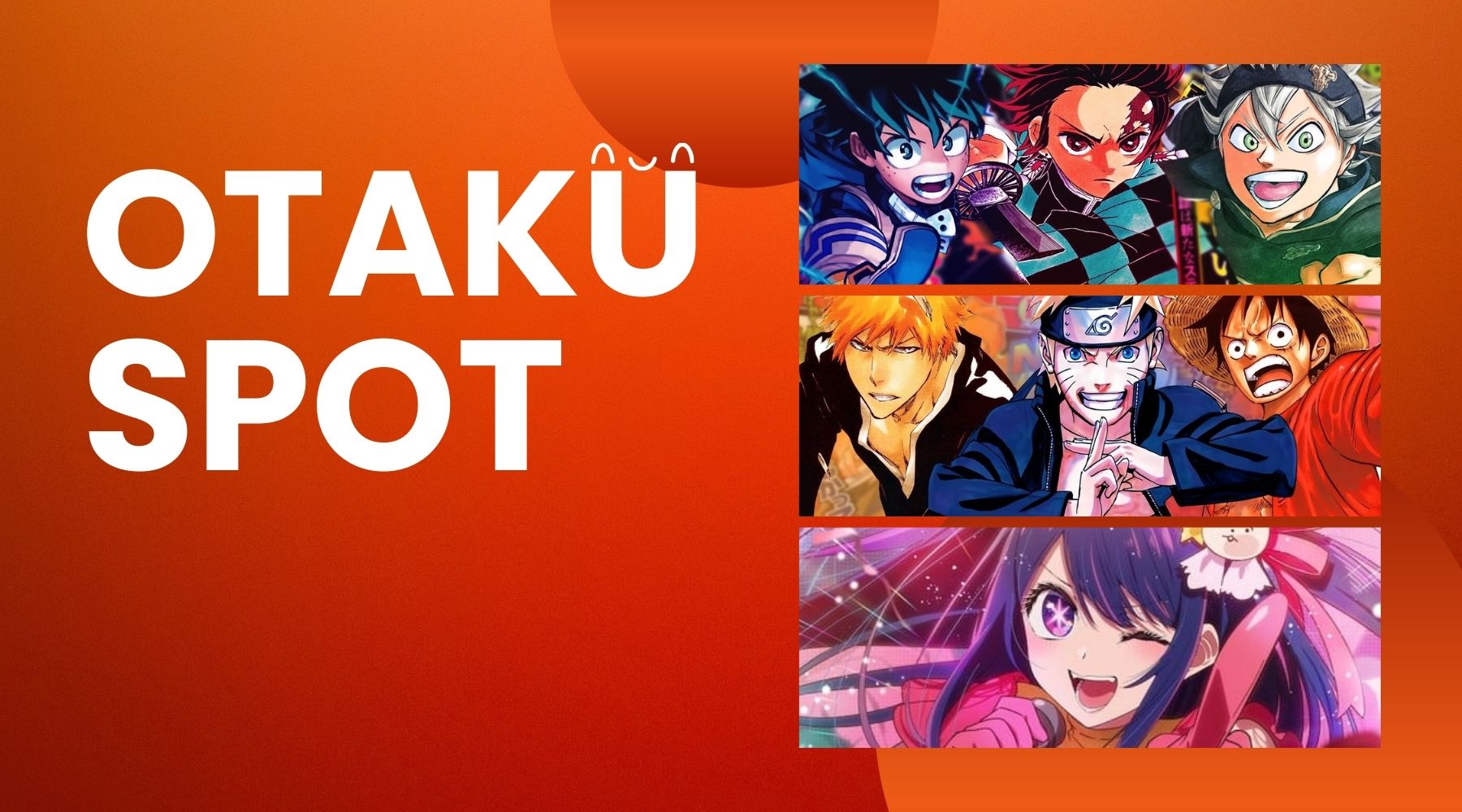
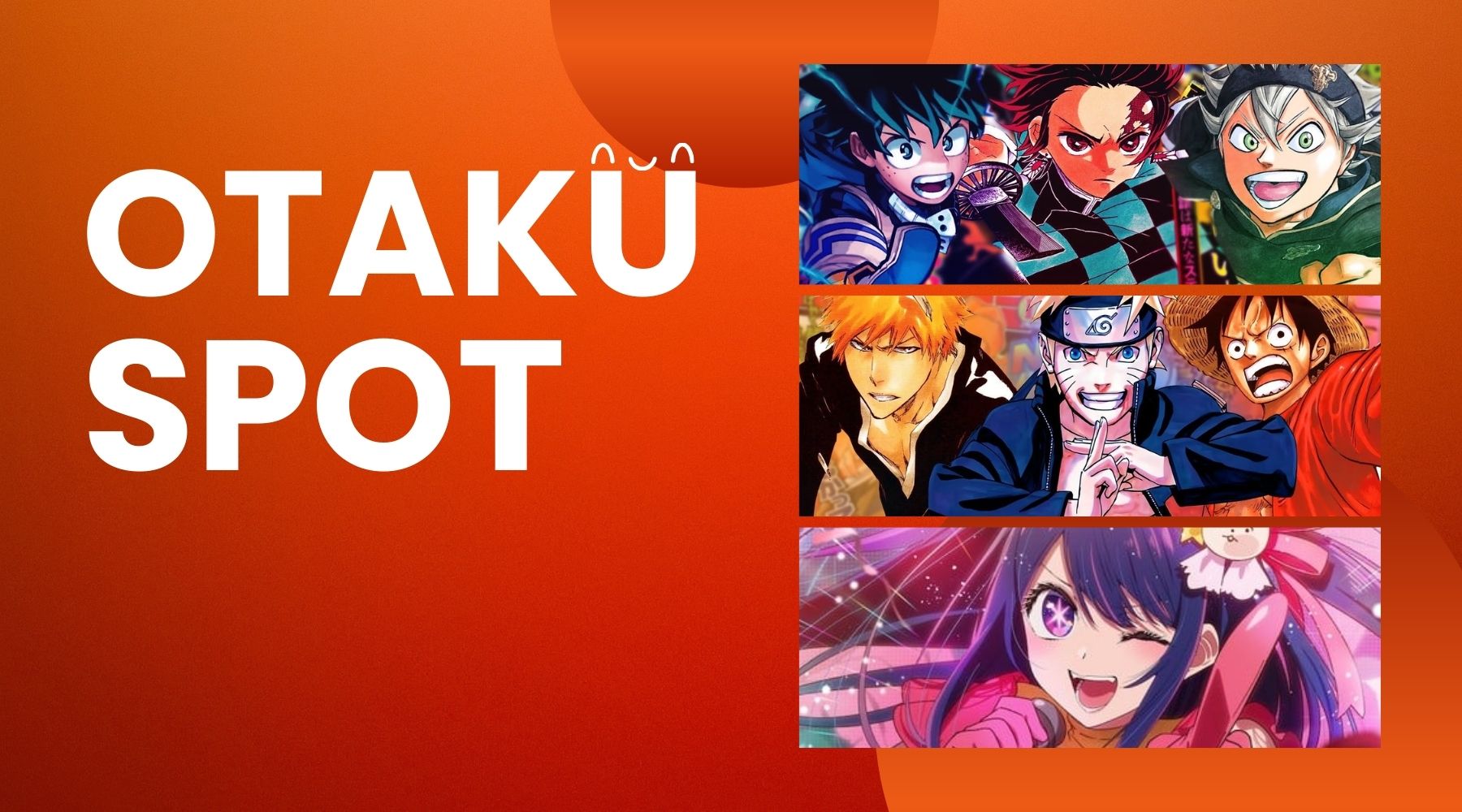
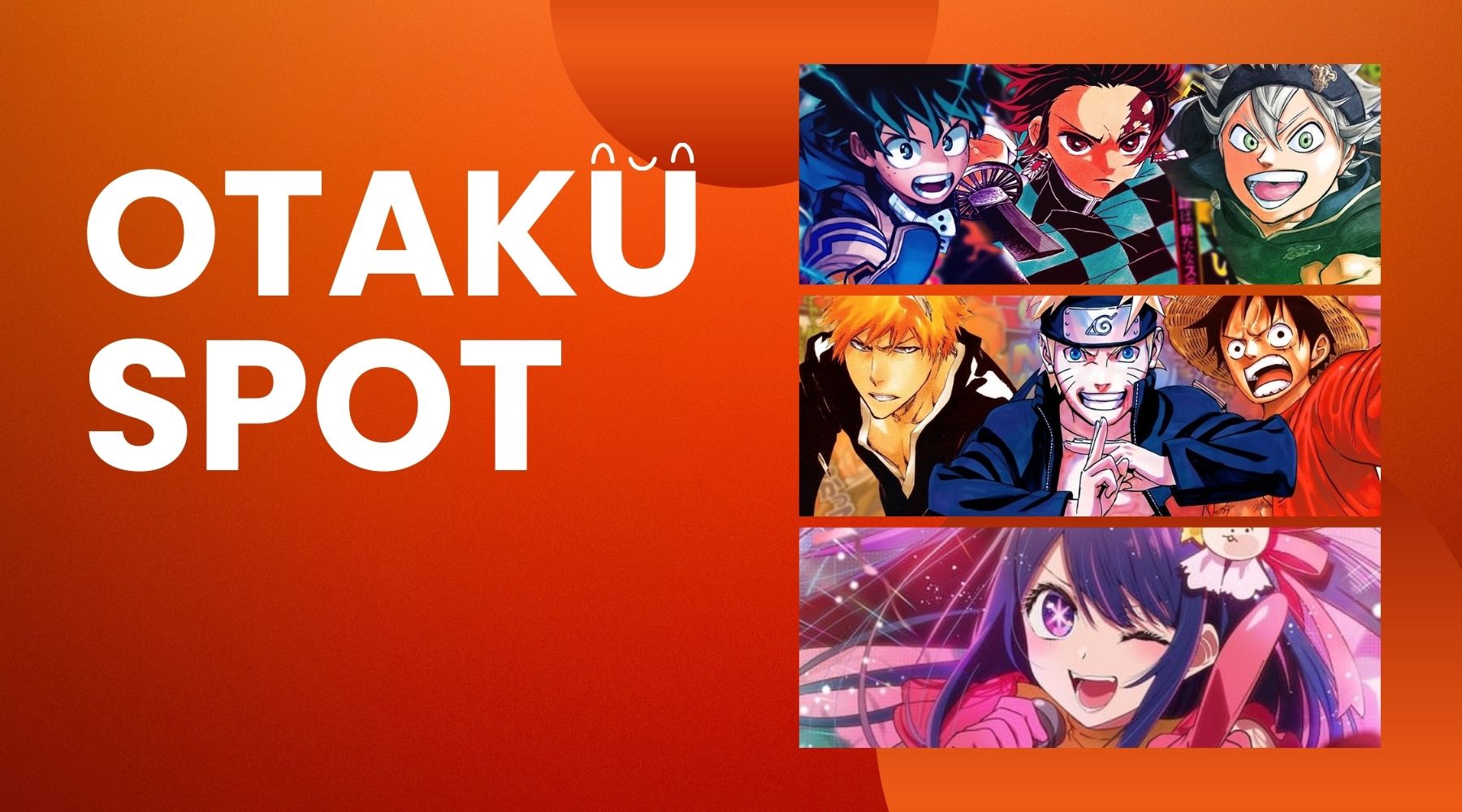
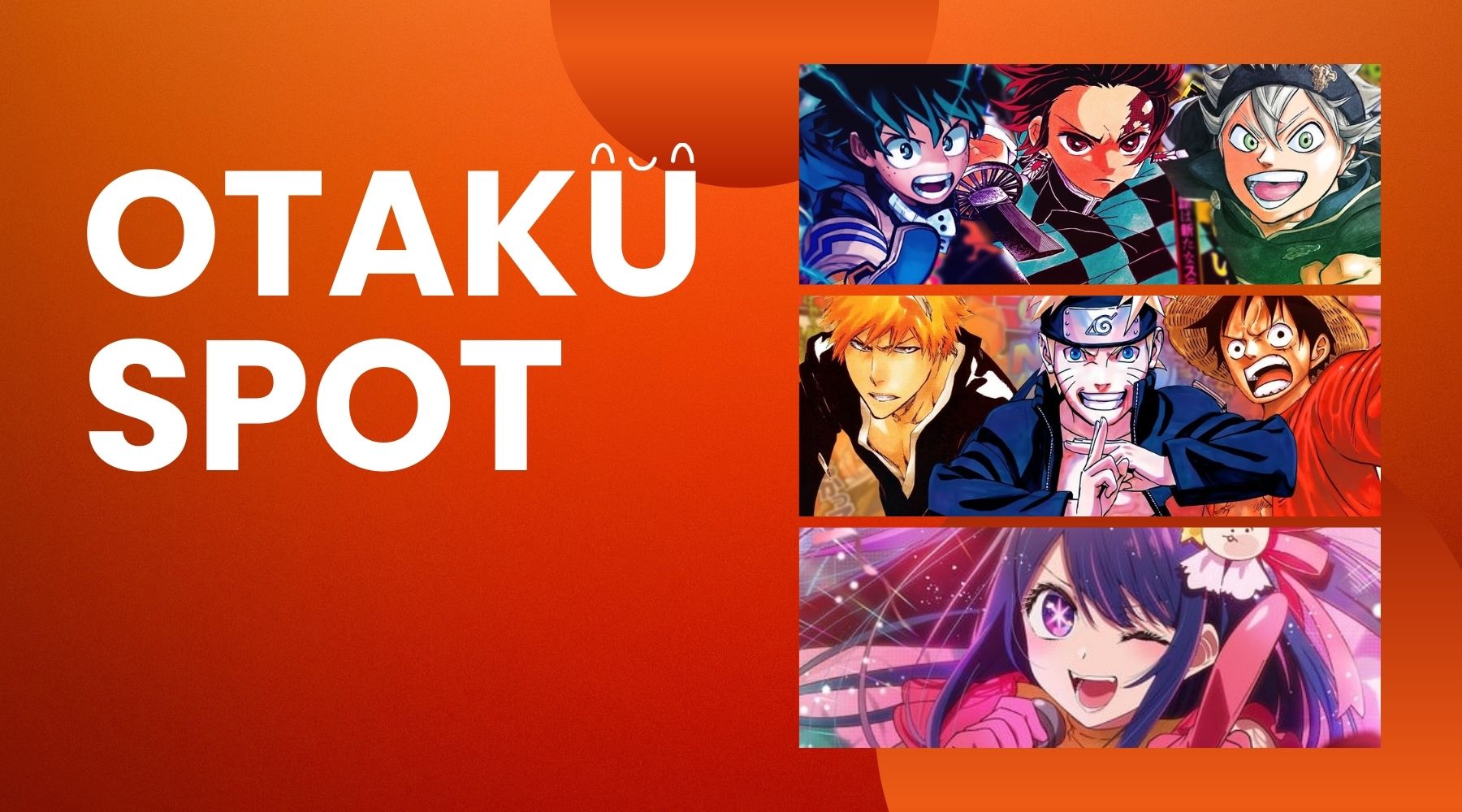
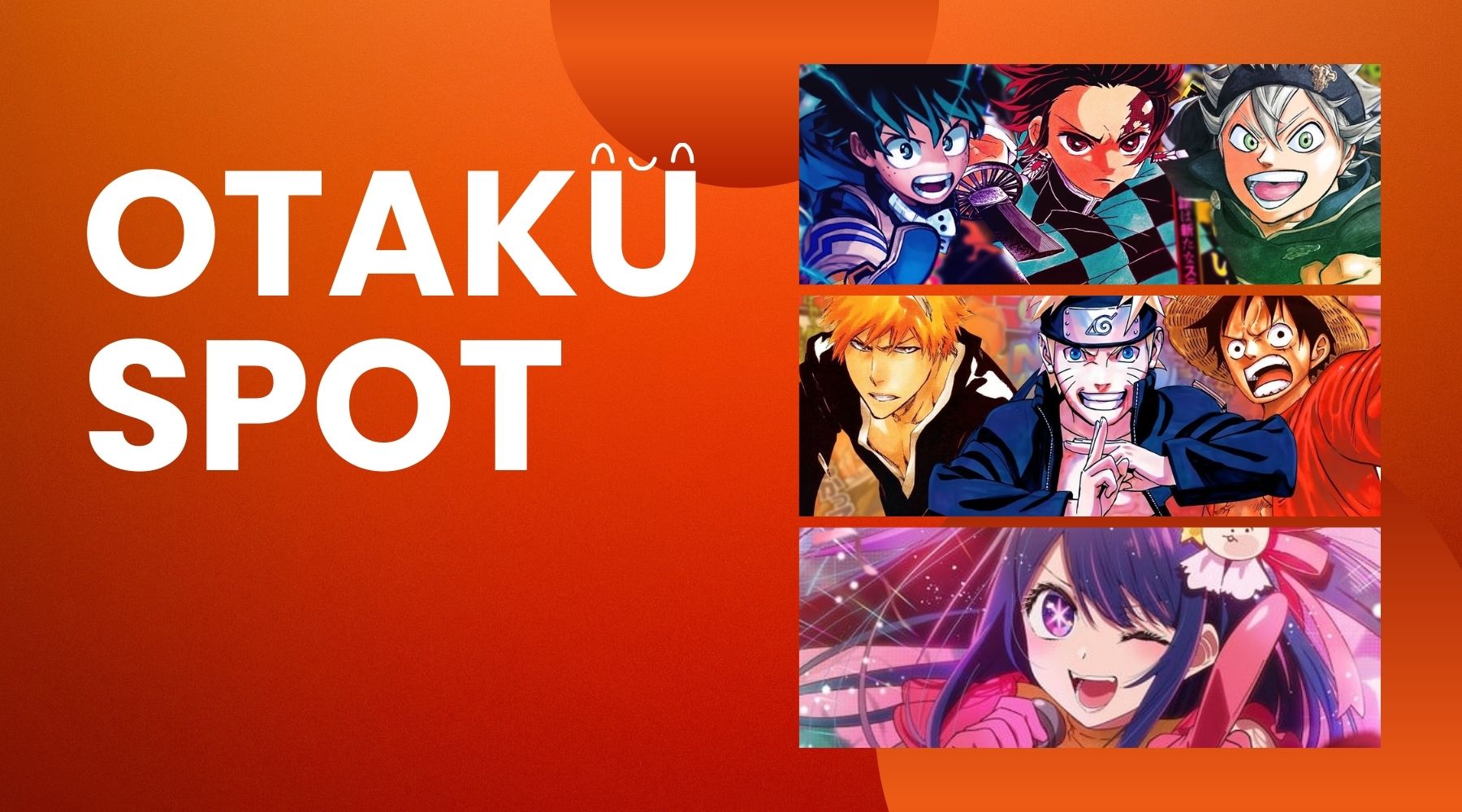
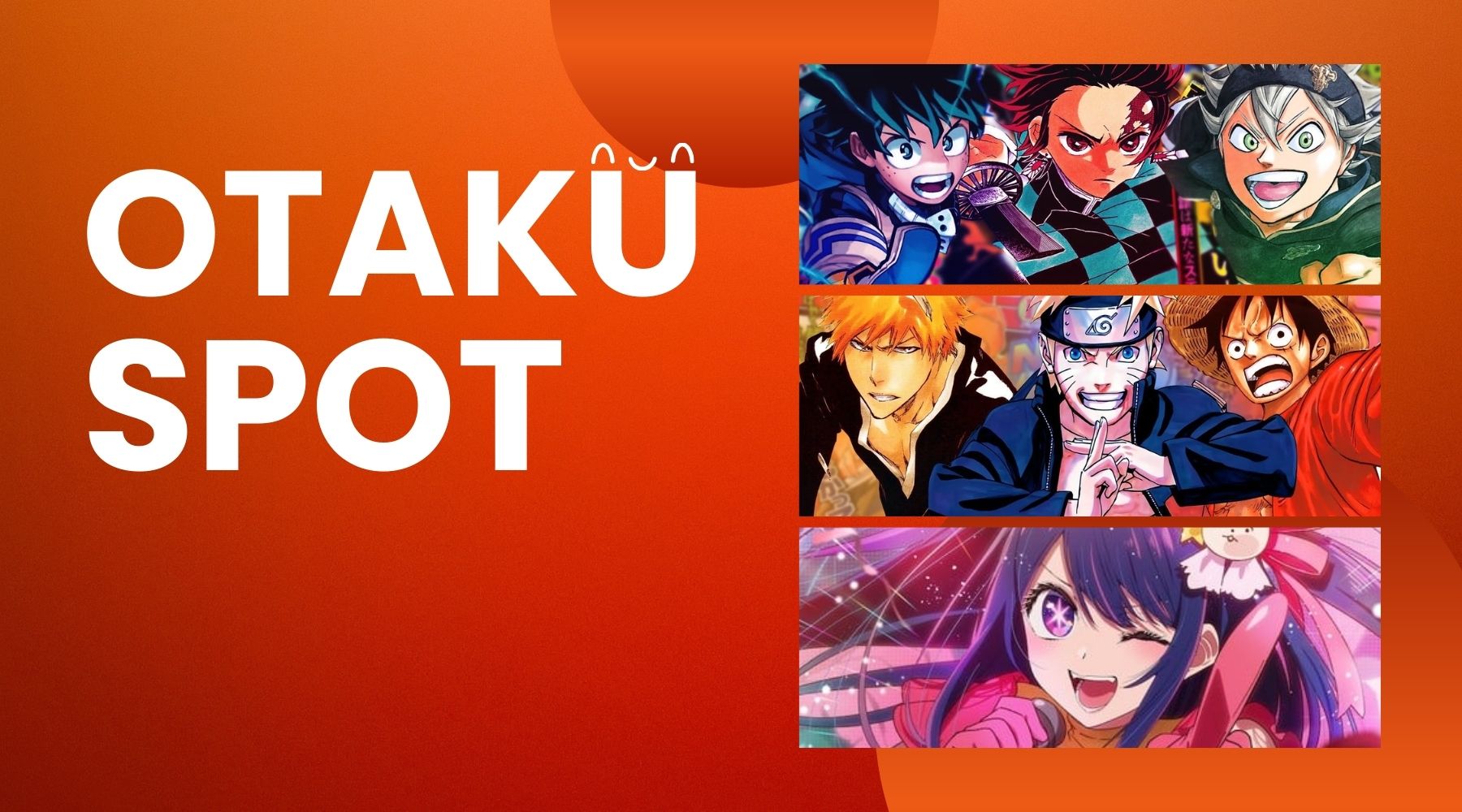

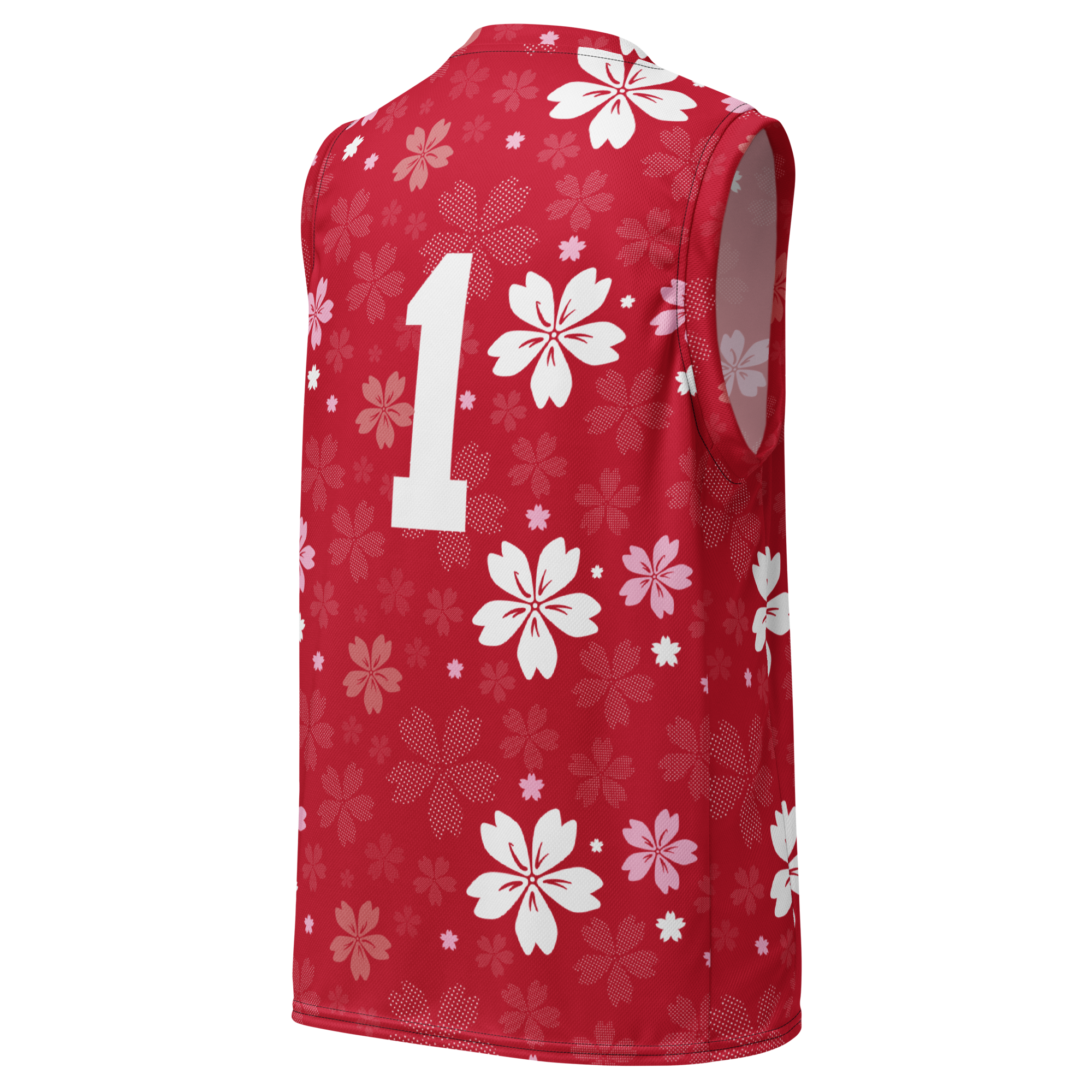
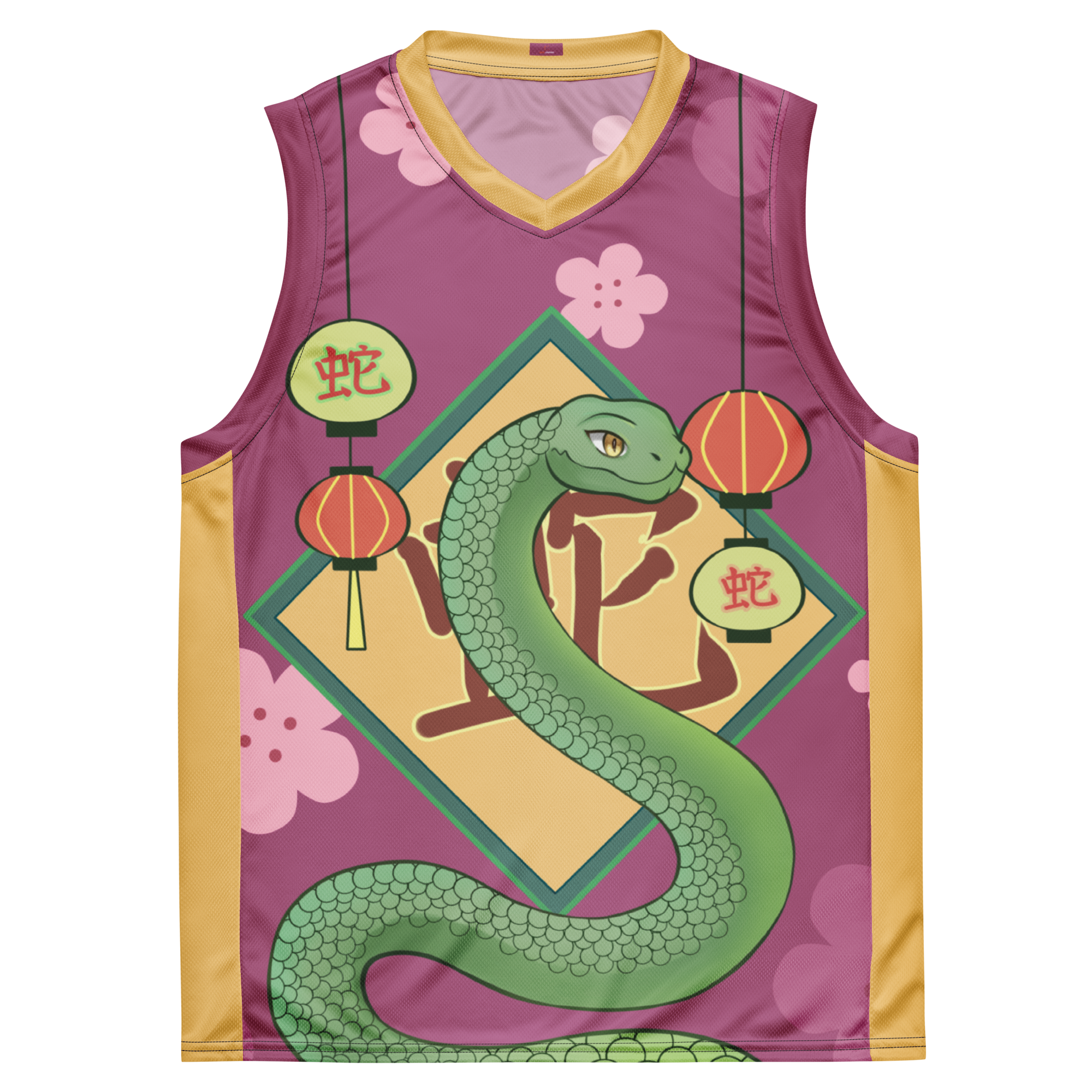
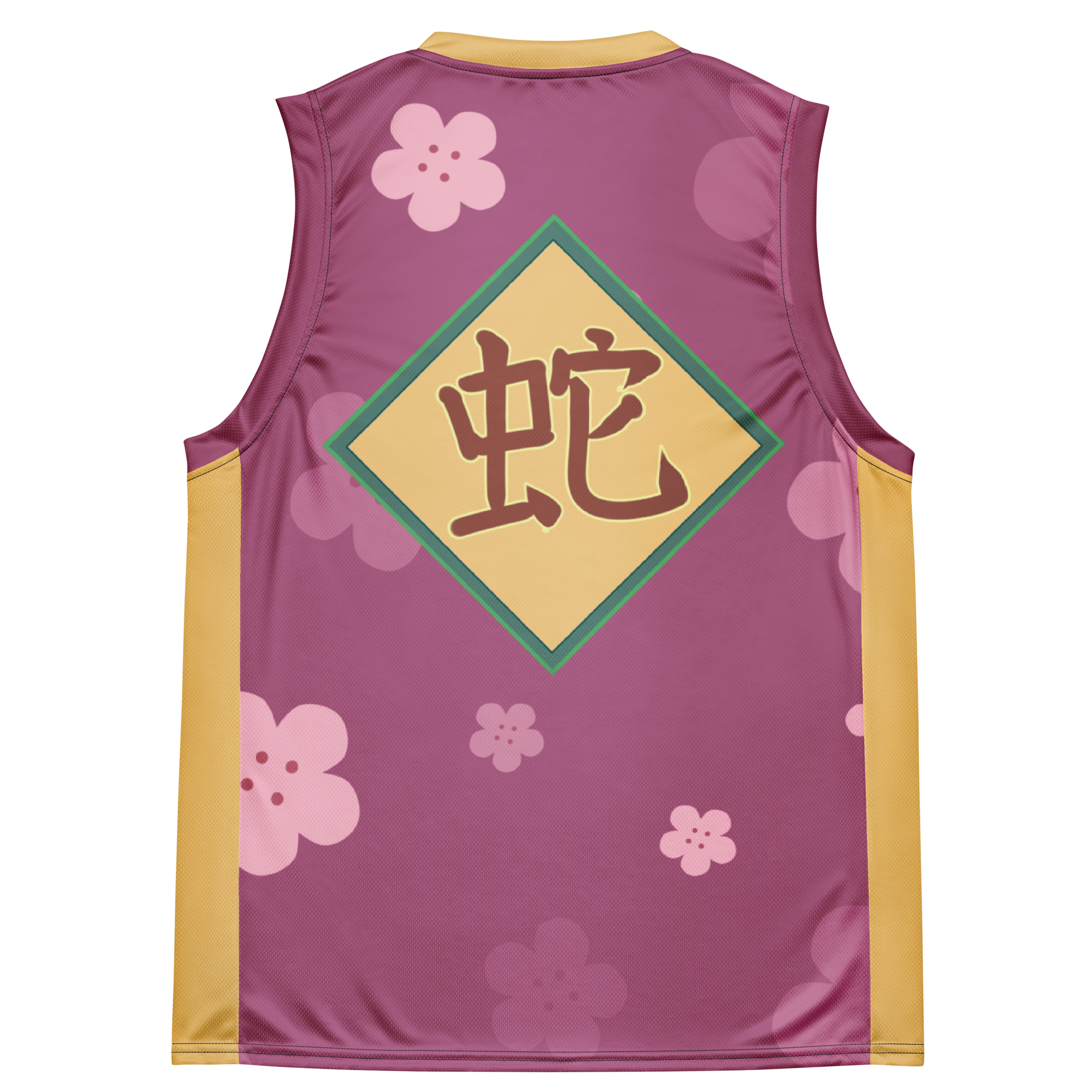
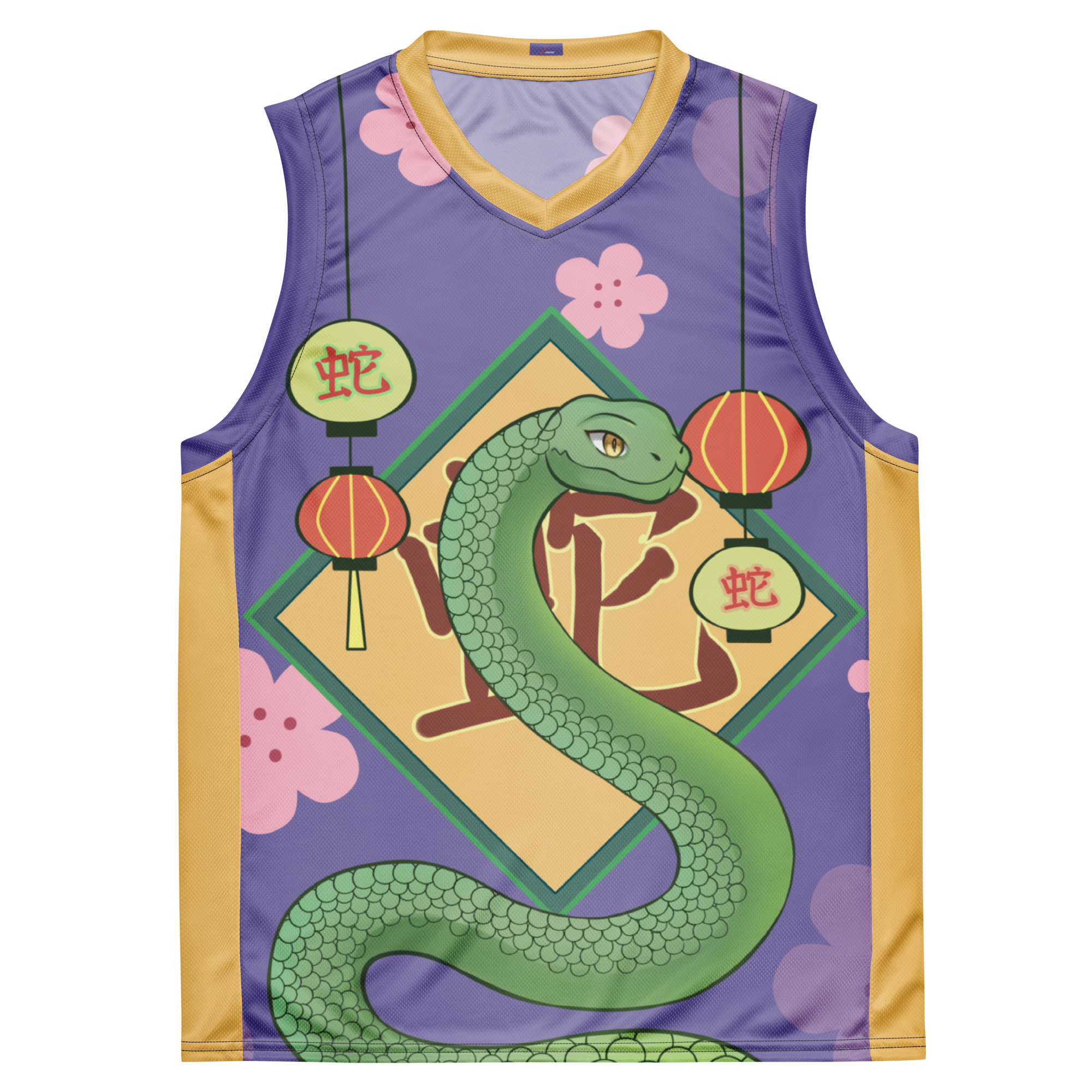
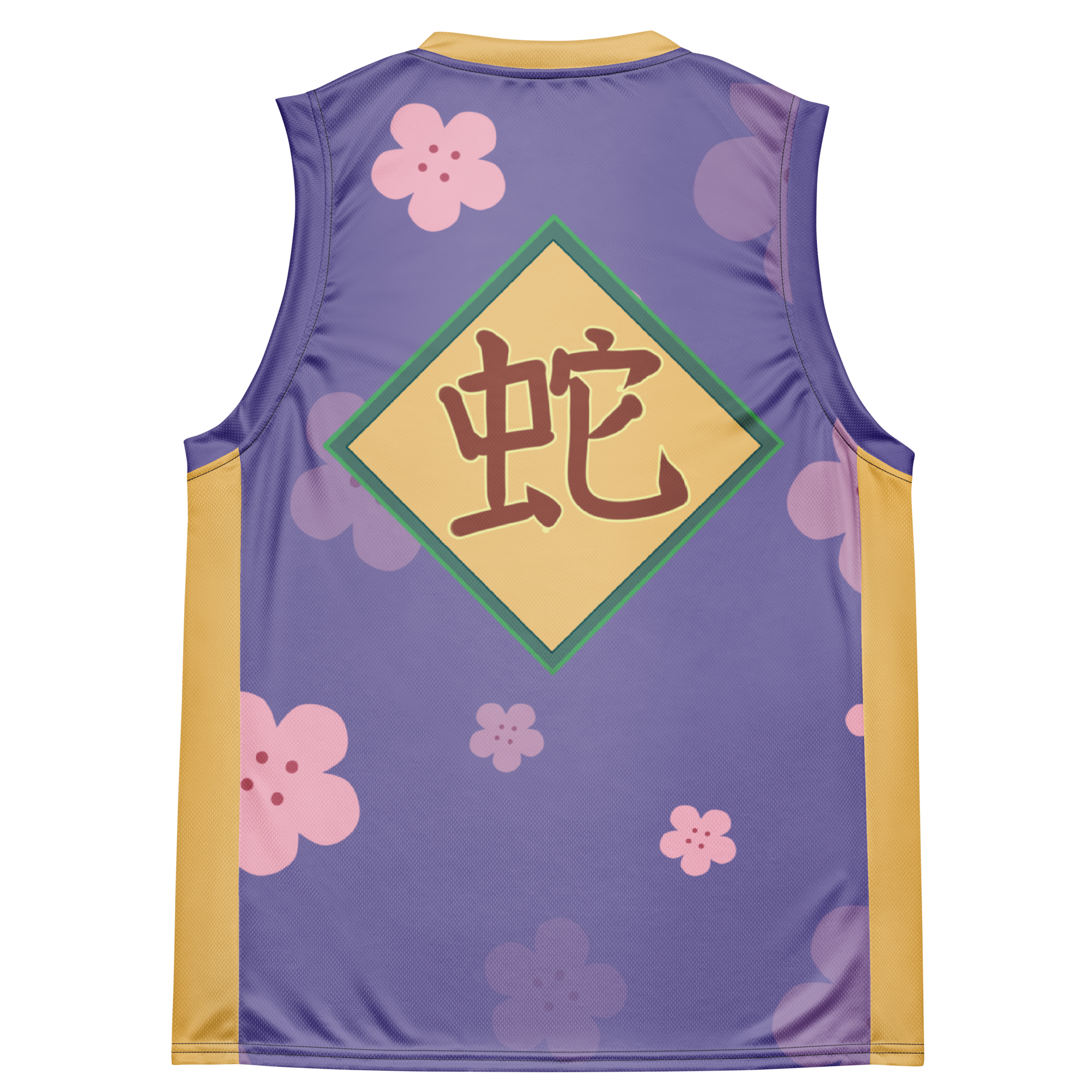
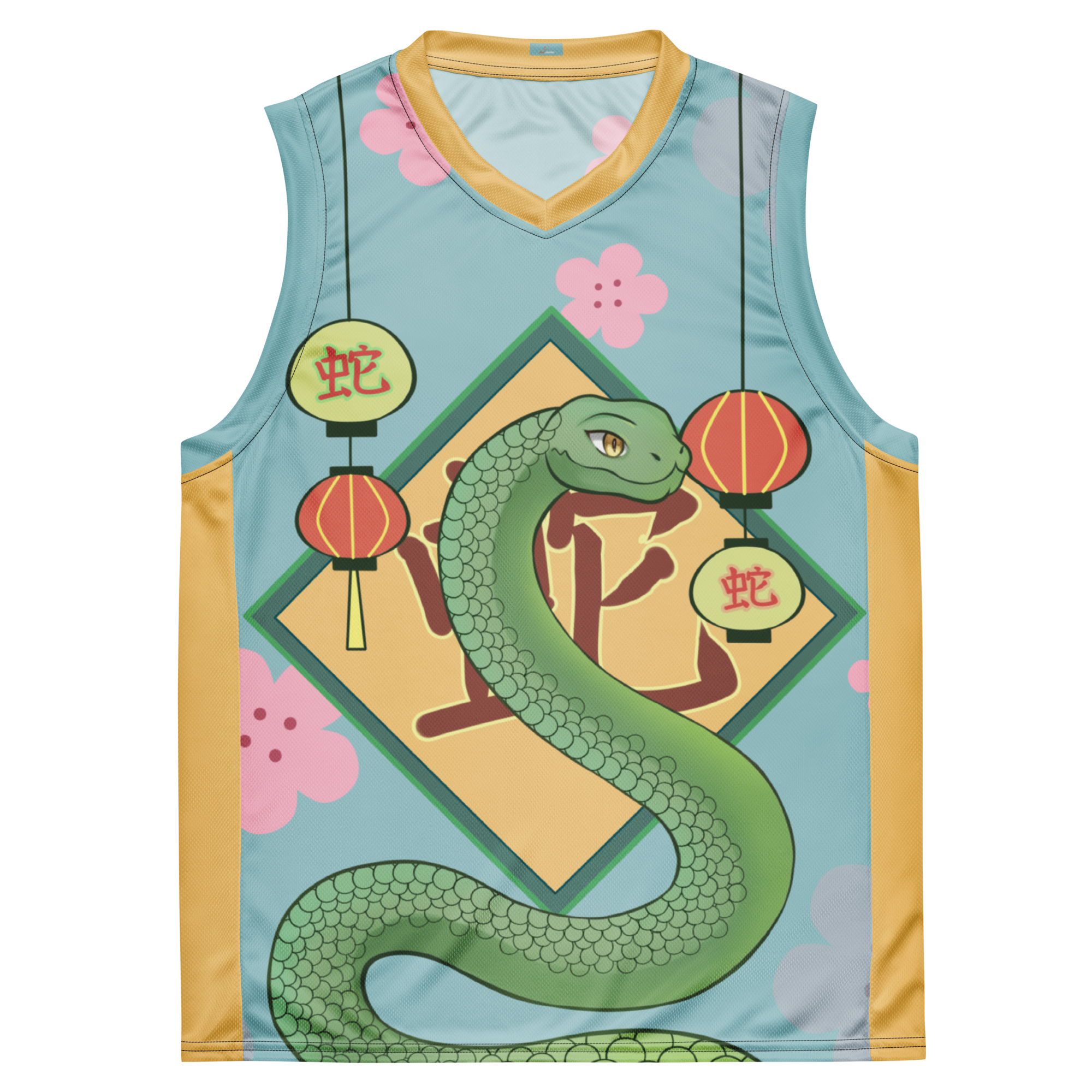
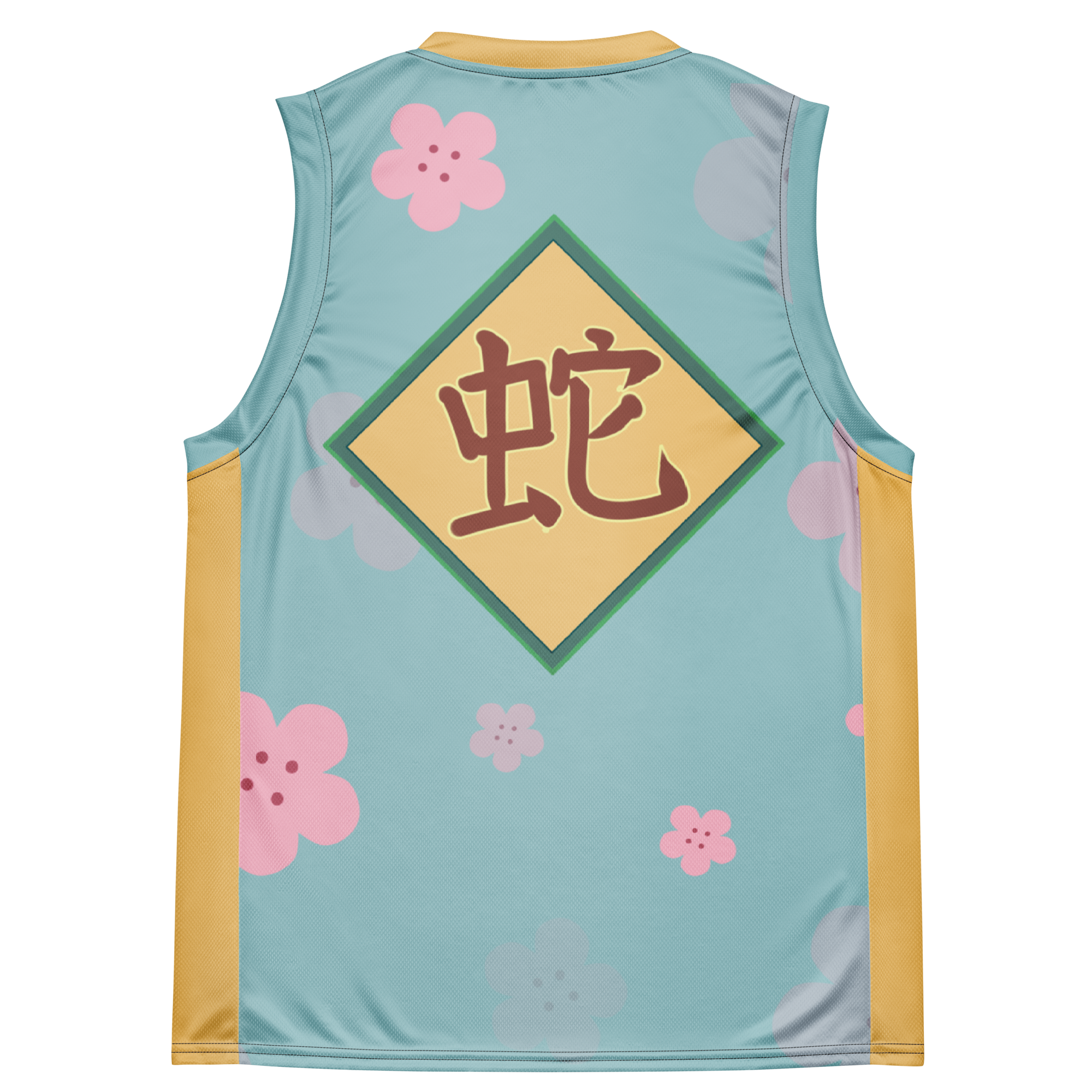
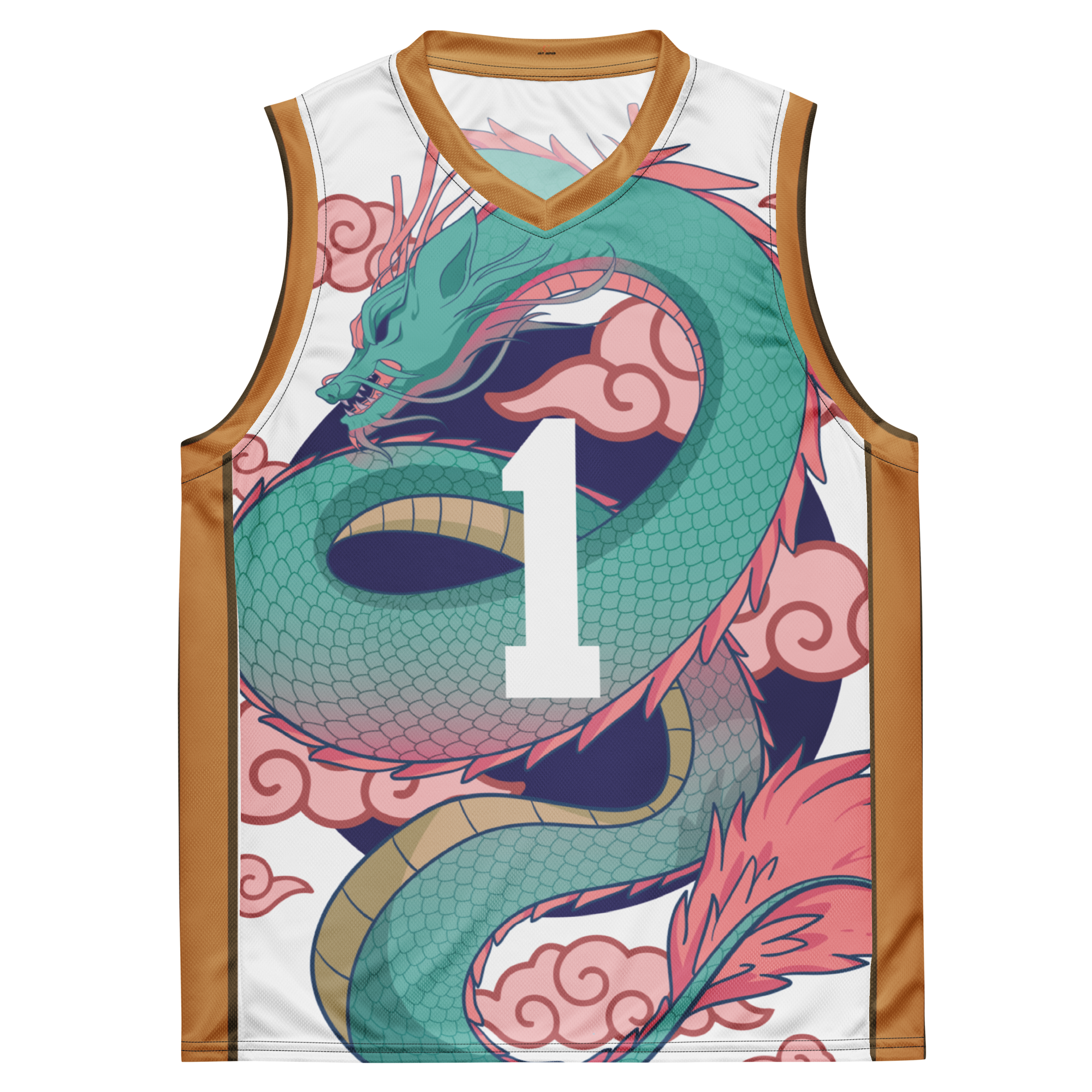
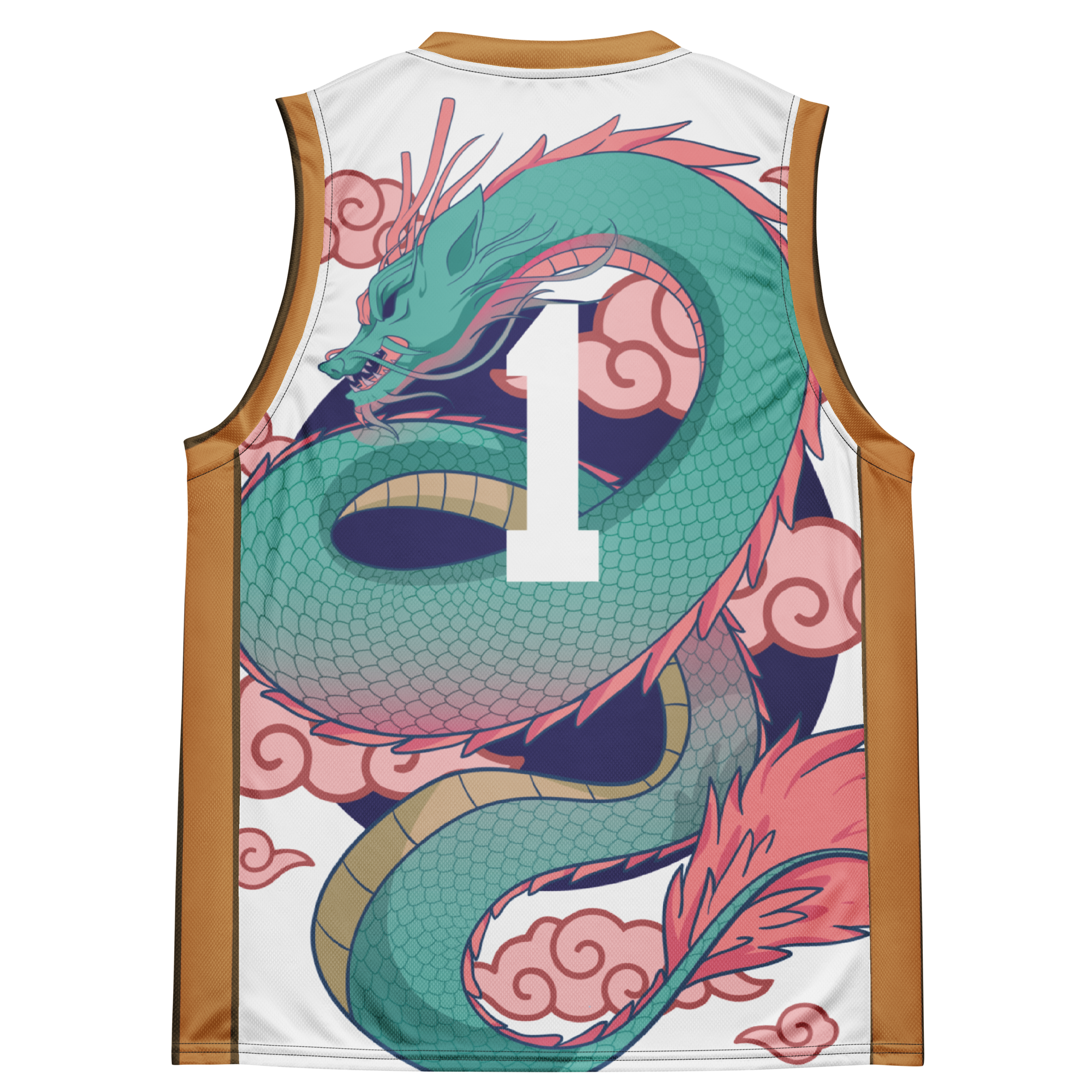
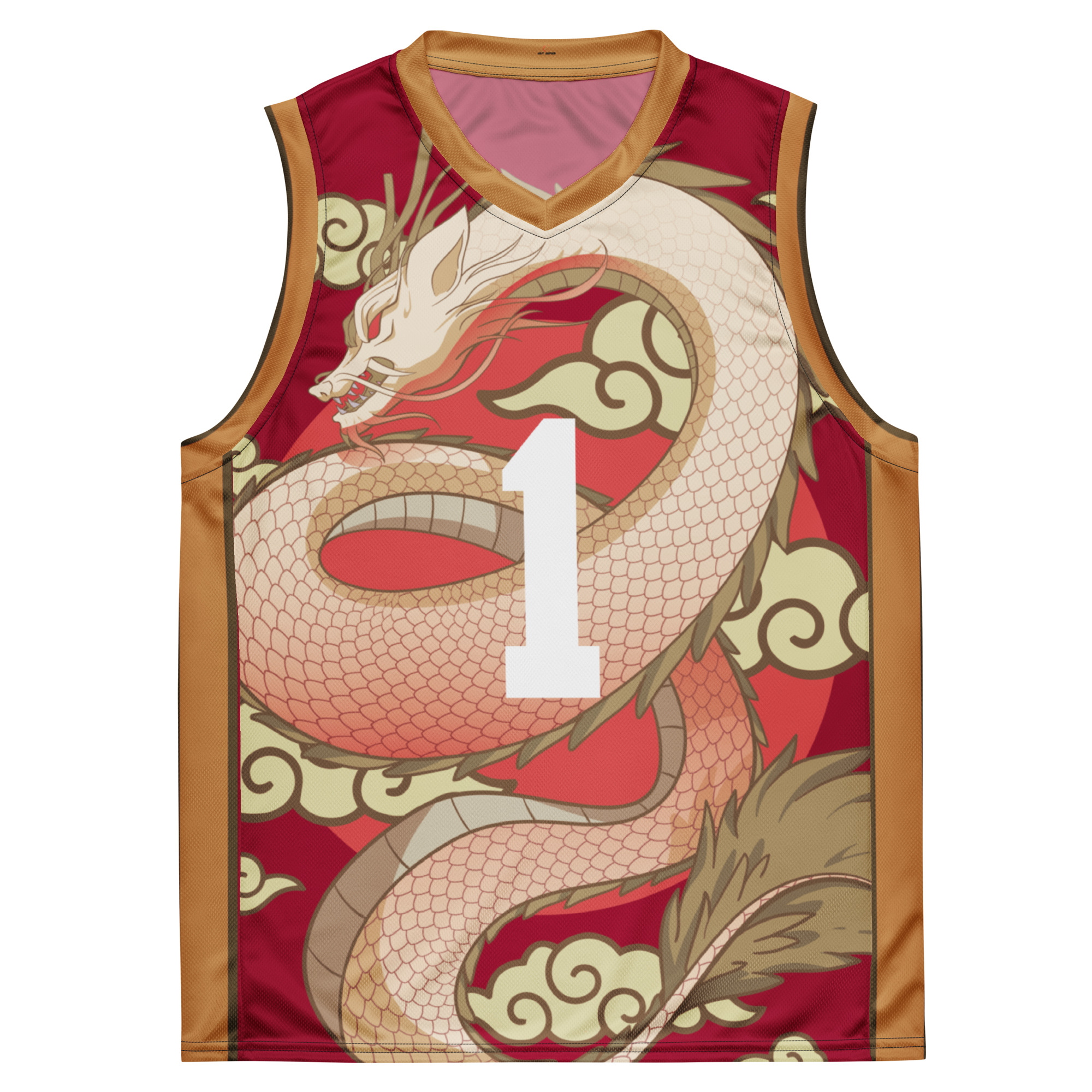
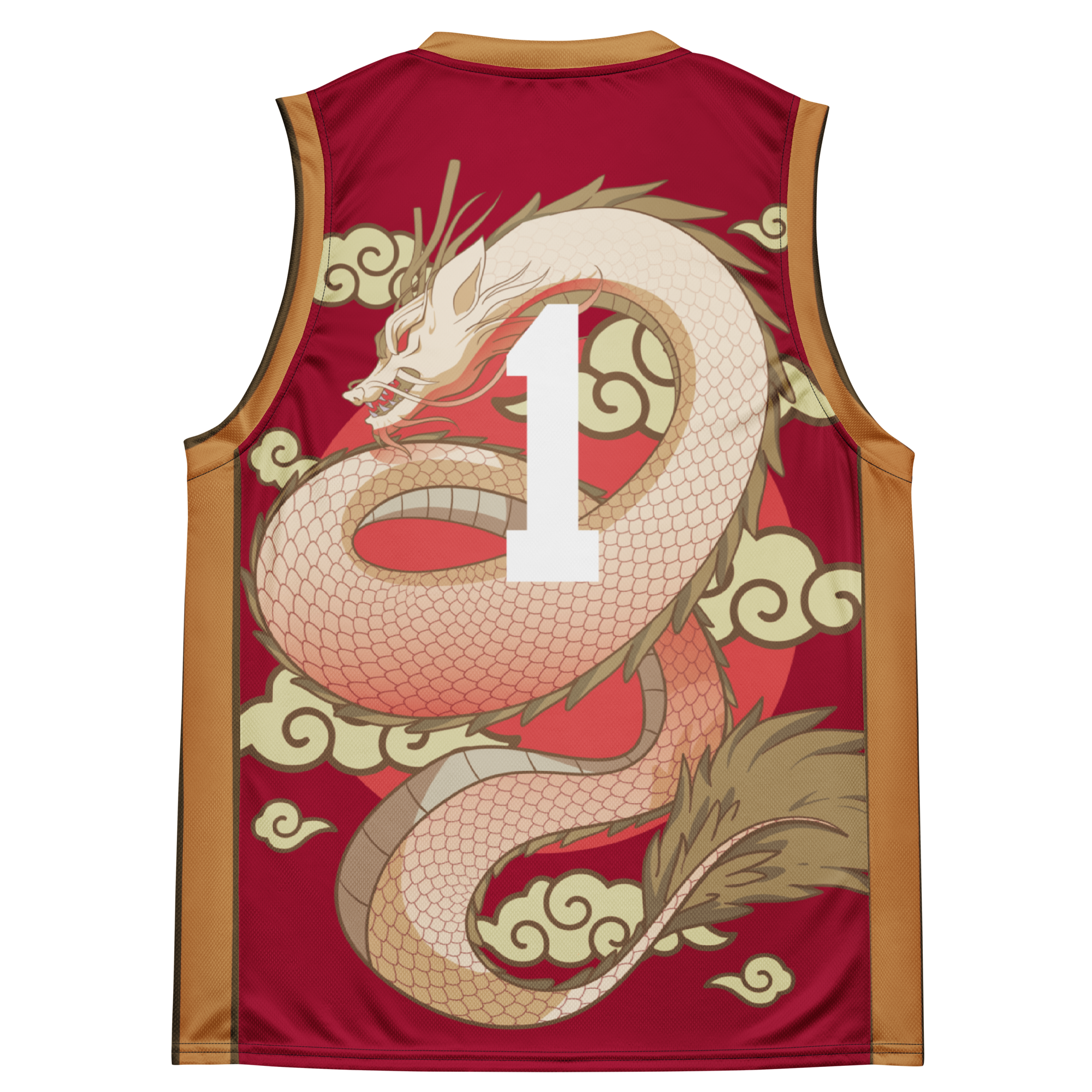
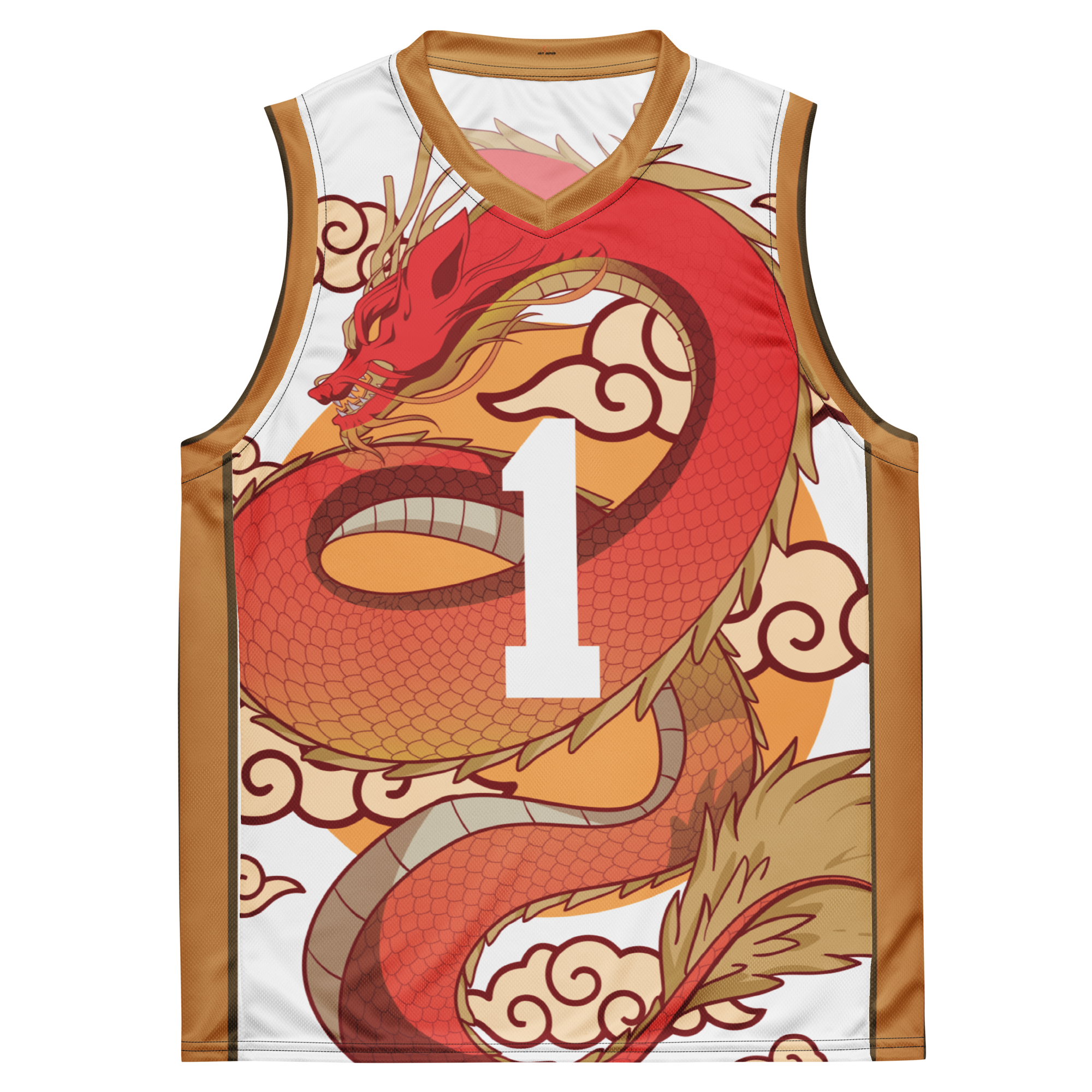
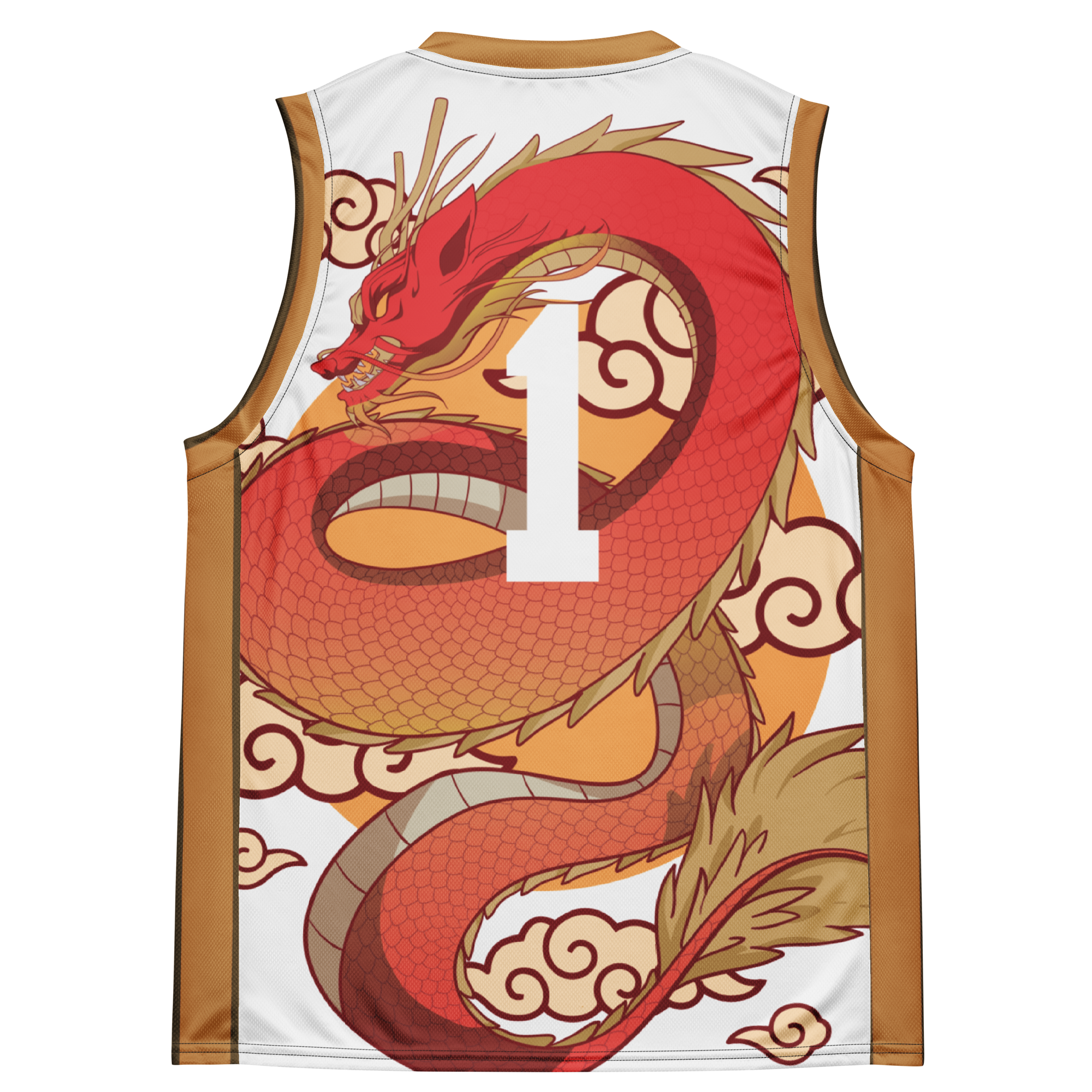




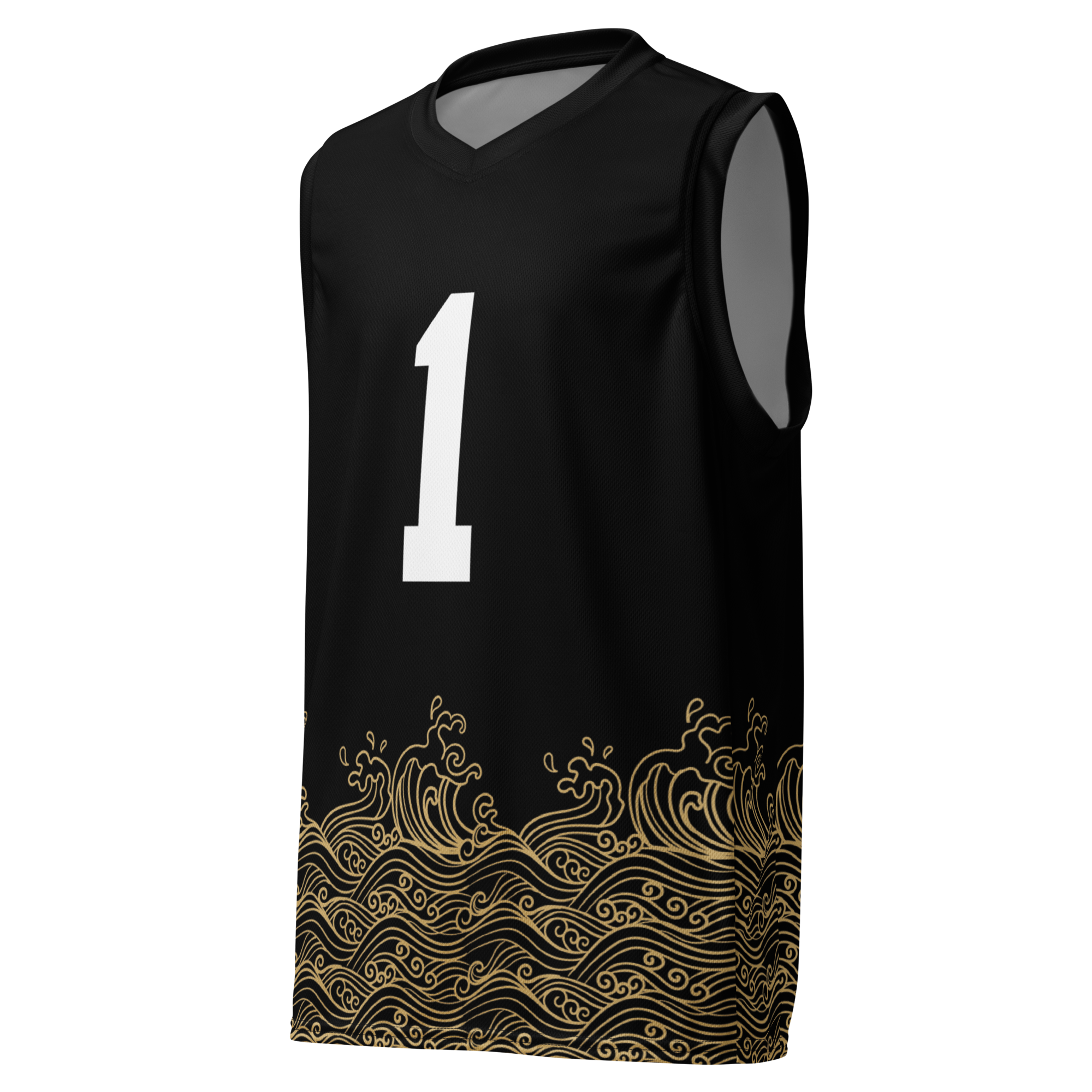
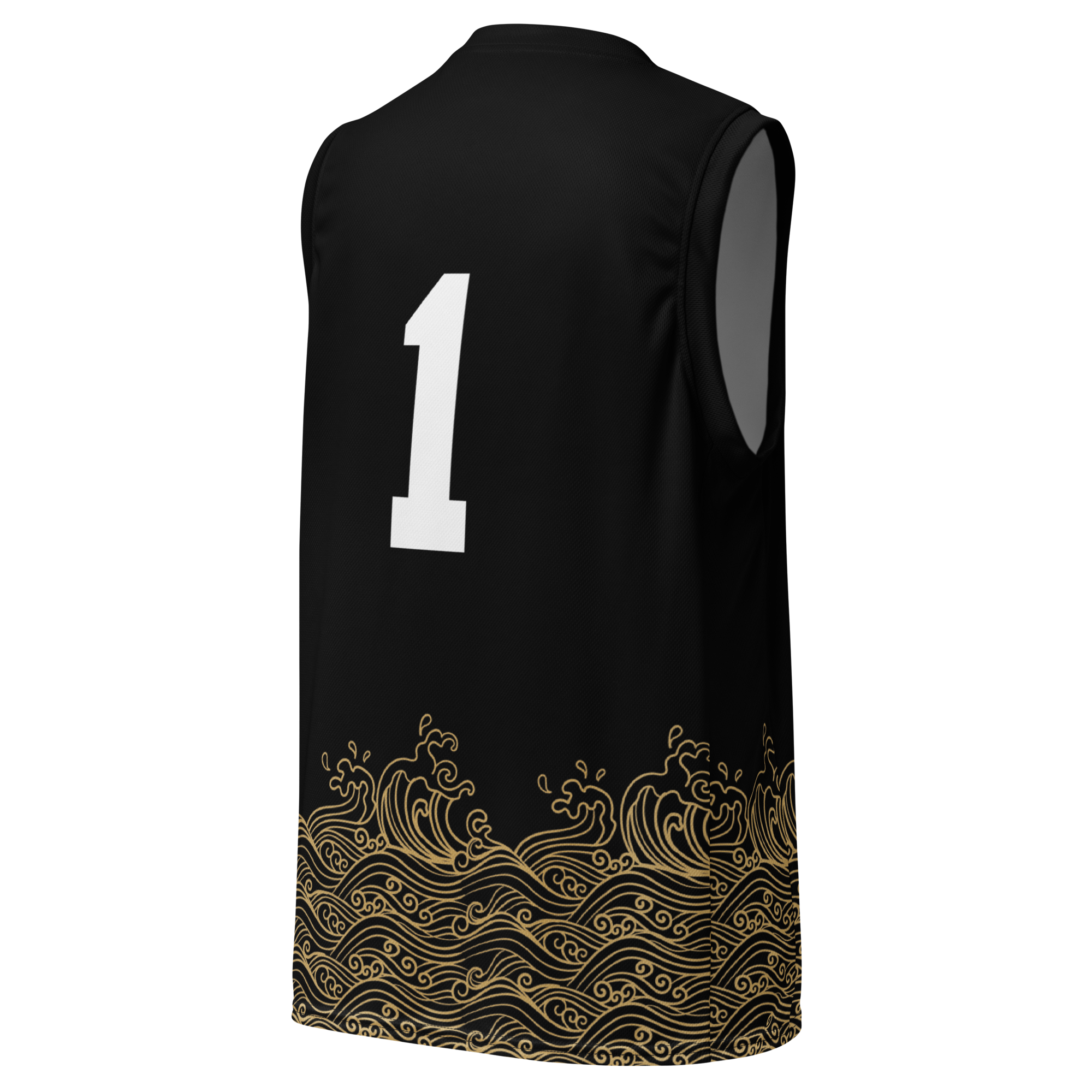
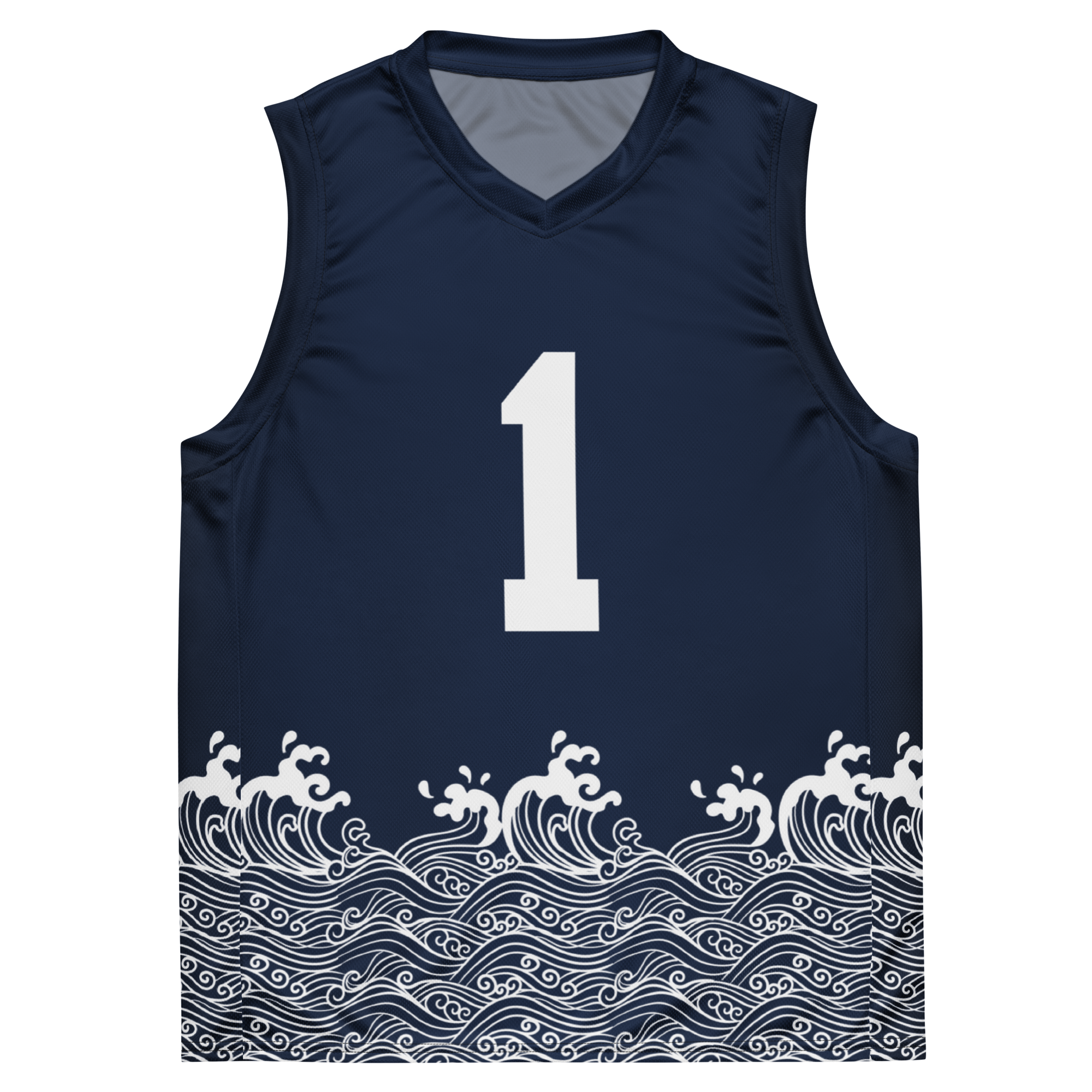
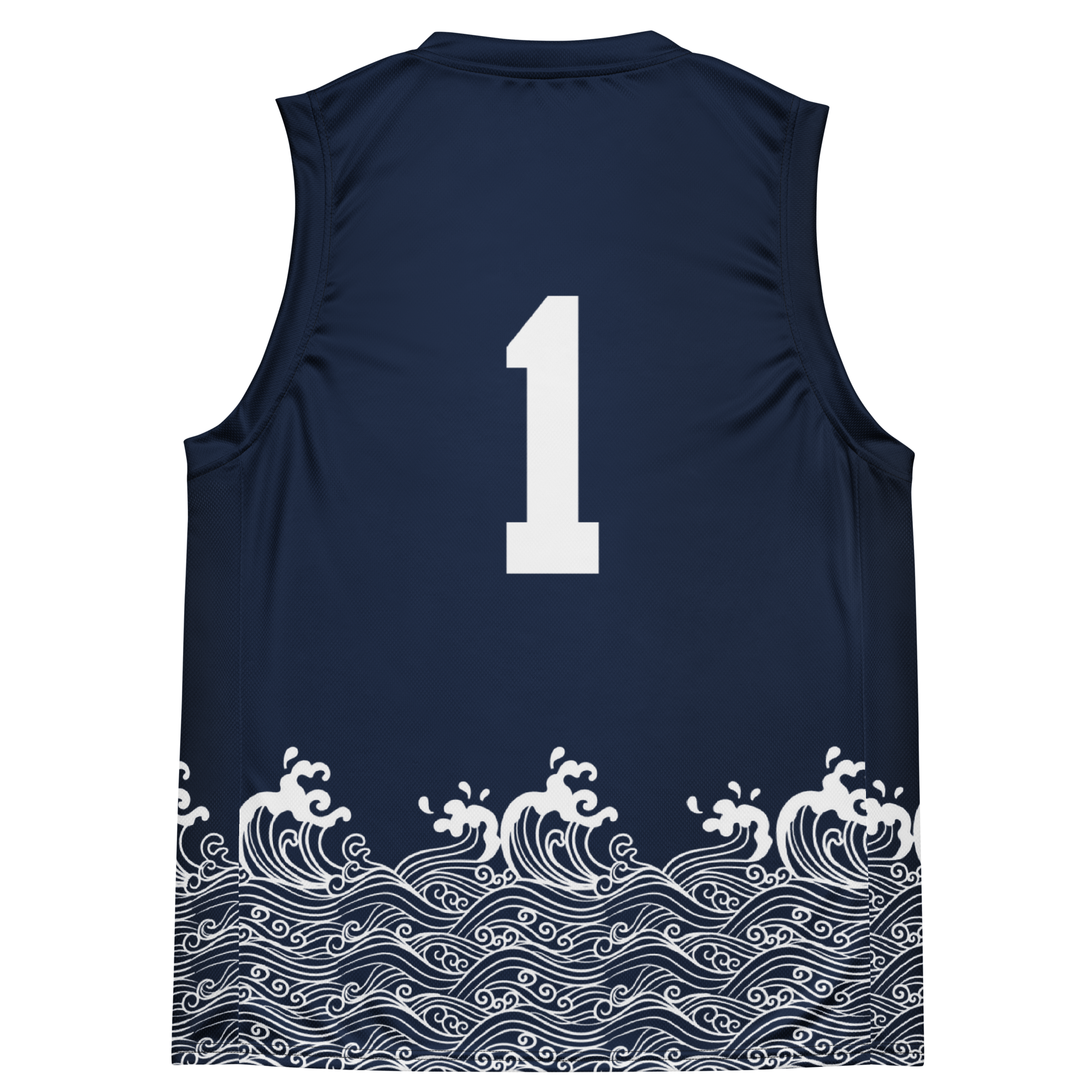


Dejar un comentario